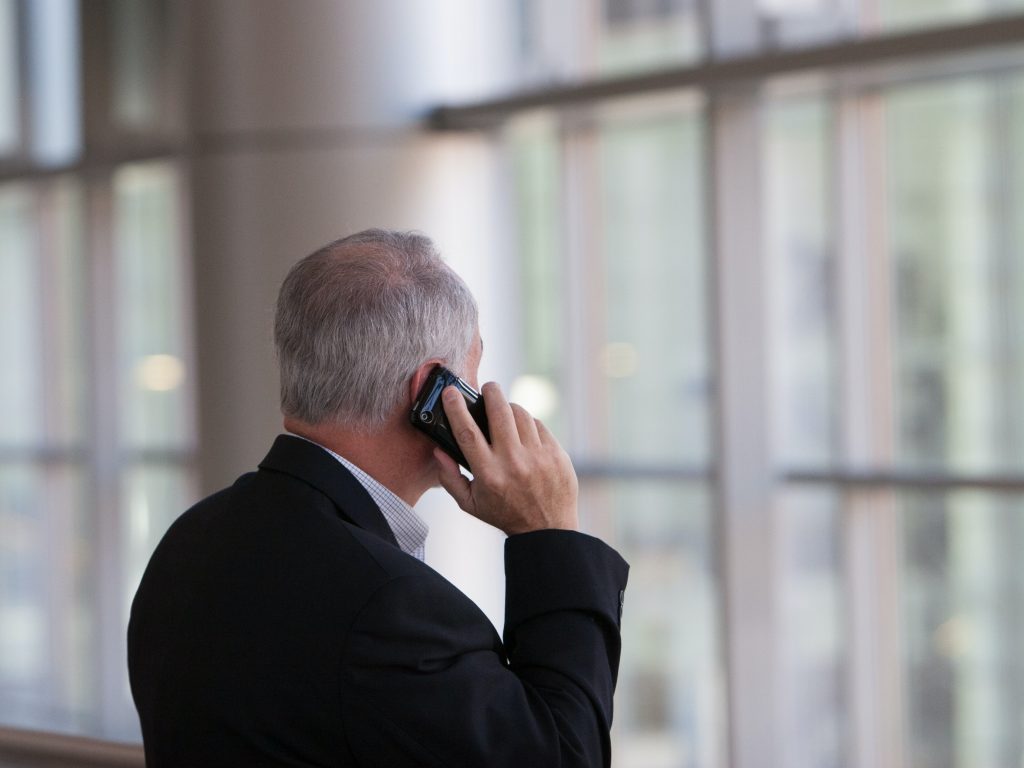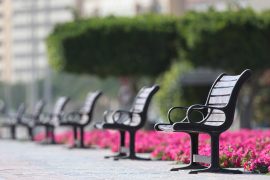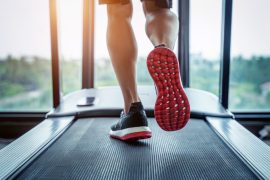One of the core goals of BeUpstanding is to assist workplaces to create a culture where sitting less and moving more is the norm. This means not only looking at individual changes that desk-based workers can make but also helping workplaces to make sustainable changes to the work environment, policy and culture. In order to find out how workplace champions and their teams have gone with maintaining the original strategies they chose during the program to sit less and move more, champions that are taking part in the BeUpstanding trial are asked to complete a maintenance workplace audit 12 months after commencing the BeUpstanding program. At this time they are also contacted by the BeUpstanding team via phone to discuss how their team and workplace have gone with maintaining their strategies.
This article looks at some of the feedback from champions who have completed this 12-month phone call and maintenance workplace audit questionnaire and describes the types of strategies champions reported to have been successfully maintained in their workplaces. It also explores some of the supporting factors to maintaining changes to move more in the workplace and some of the common challenges champions experienced.
To date, we have had 36 BeUpstanding champions complete the 12-month phone call with the BeUpstanding team and 29 complete the maintenance workplace audit. Of the 36 champions who completed the maintenance phone call, 5 were not the original champion that launched the program in their workplace.
Not unexpectedly, over the course of 12 months, many workplaces experienced some changes to their original BeUpstanding team. Of the 36 champions interviewed, 26 reported having had some changes to the original team that they signed up to BeUpstanding with. Natural attrition, staff turnover, restructuring of the organisation leading to role changes, and organisational change, were reported factors that impacted the teams.
When asked in the maintenance workplace audit whether their team continued with strategies after finishing the program, 2 champions reported they were still doing all their strategies, 23 reported they were still doing some, and 4 reported they were not currently doing any strategies.
Common strategies reported by champions that were still in use 12 months after launching BeUpstanding included:
- Standing in meetings
- Standing while taking a phone call
- Utilising sit-to-stand desks
- Creating and using standing areas in the staff tearoom/lunchroom
- Using centralised bins and printers instead of individual ones
- Scheduled breaks at lunchtime or another time of the day to go for a walk or do some stretching/exercises

Strategies that were individual behaviour modifications to a regular task (standing taking a phone call) seemed to be easily implemented and maintained likely due to being simple and habitual. Some changes to the physical environment (standing areas in the lunchroom) or procedural changes in the workplace (having a standing agenda item in team meetings) were also reported to be successfully maintained. These environmental variations aid in supporting sustainable changes in prolonged sitting time as it reduces the reliance on individual behaviour change and provides easy opportunities for sitting to be replaced by standing or moving.
“Standing meetings worked well, as well as standing up for phone calls and taking breaks in sitting time. They worked as they were easy for individuals to do, and management was supportive and encouraged it”.
“Sit-to-stand desks worked well. It allows workers to stand and change posture while not interrupting working”.
Champions also reported on strategies that weren’t maintained successfully and the challenges teams faced in this maintenance phase of the trial. One of the main challenges that workplaces and BeUpstanding champions faced was the multiple changes regarding lockdowns and working from home situations due to COVID-19.
Many strategies that workplaces initially selected were office-based, for example: centralising the printer. When staff transitioned to working from home this meant that these types of strategies were unable to be retained, and teams had to adapt and identify other strategies that could work from home.
“COVID-19 interruption made it difficult to continue some of the strategies. Priorities changed and the work environment was different”.
Champions also reported that it was difficult to assess and determine how staff were going with implementing strategies while at home as there wasn’t the ability to observe people like they would normally be able to do in an office and staff weren’t always reporting how they were going with implementing individual strategies.
“We didn’t keep up with standing in meetings on a formal basis as the opportunities for whole of team meetings were far less when all staff were working at home. Desk set-ups at home weren’t really sit-to-stand friendly. With COVID and working from home we found that there is an increased intensity of work for many people and because everything is done virtually from the computer, you are tied to it and don’t get the natural pauses in sitting like walking to a meeting room or printer or to talk to a colleague”.
Walking meetings were also a strategy that proved difficult to maintain on a consistent basis due to staff working from home, the weather or needing paperwork or a computer to conduct the meeting.
A number of workplaces chose to use a reminder app to prompt staff to move as one of their strategies. This strategy was reported to work well initially to increase awareness and get in the habit of breaking up sitting time, however, was rarely used long term.
“We had used a reminder app for a while which was good and got us into the habit of standing up regularly, but then we found it a bit annoying so deleted it. By that stage we were into a good habit anyway”.
These preliminary findings from the 12 month champion check in’s and surveys suggest that there are many strategies that can be implemented to encourage staff to sit less and move more that are easy to sustain long term, however, changes to working environment, practicality of the strategy and individual strategy preference impacted on whether strategies were maintained on a long-term basis.
![]()










Comments are closed.